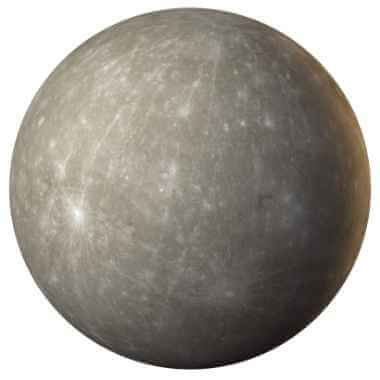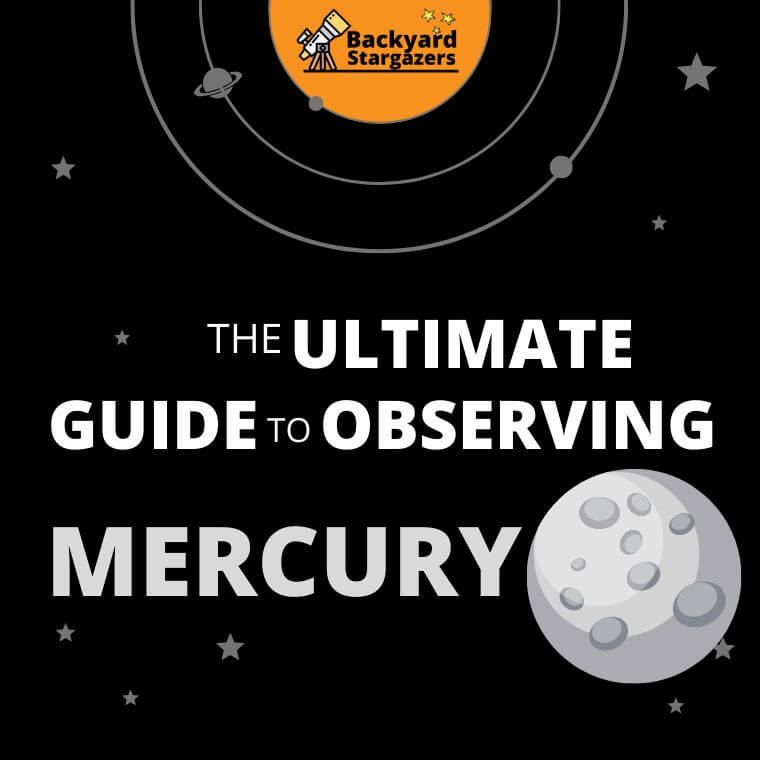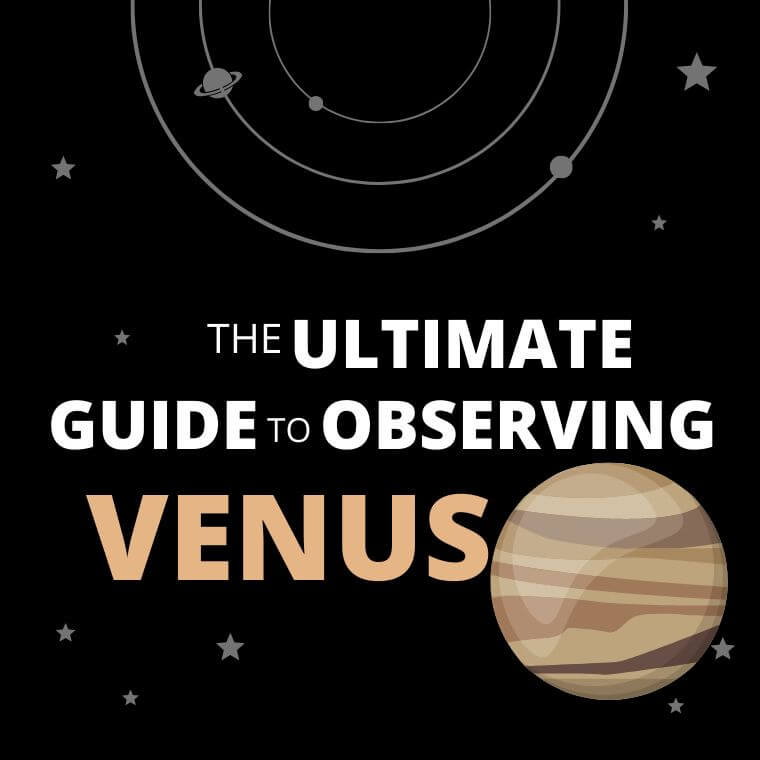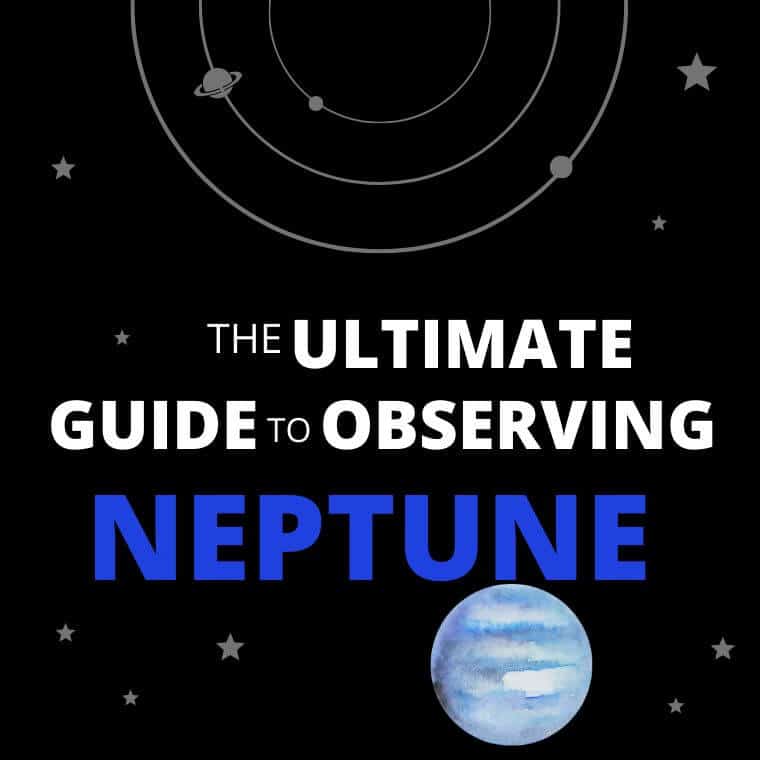The vast and beautiful world of the stars is just waiting for you! With a telescope, it’s possible to see Jupiter’s cloudy bands or Saturn’s gargantuan rings. But don’t worry if you’re not an astronomy expert. With some training and patience, your beginner knowledge will soon be advanced enough that even Galileo would envy.
Choose the planet you would like to observe
Can you see planets with a home telescope?
The thought of viewing planets through your telescope might seem like an impossible dream. But, even if you have a smaller scope and find yourself looking at the stars more often than not, it is still possible to catch glimpses of some heavenly bodies for those nights when there’s no moon in sight! The best thing about all this? No matter what kind of equipment you’re using- from binoculars or home telescopes -you can see amazing things happen up close and personal with hardly any atmospheric turbulence messing everything up!
Did you know that even with the naked eye, it is possible to spot planets in the night sky? They usually look a little bit different than stars and they do not twinkle as much. Even if you are located in a city with light pollution, there should be no problem finding them!
One of the most important parts of planetary observation is getting a telescope with a large aperture and long focal length. Dobsonian telescopes are excellent for this because they have such high magnification without sacrificing too much detail or brightness from what you’re looking at in the sky.
Observing the inferior planets through a telescope
The inner planets are a little more difficult to observe because they orbit very closely to the sun. From our point of view on Earth, they are never too far away from our home star. They follow it through the Ecliptic (an imaginary line in the sky that marks an annual path). For this reason, it is much easier to observe those planets during their “greatest elongation” which is when they’re at their furthest distance from our Sun and brightest as well!
Terrestrial Planets
There are four different types of planets in our Solar System. The two primary groups that categorize the planetary surfaces are gas giants and terrestrial planets. Terrestrial planets have a solid surface, so they’re mainly made up of silicate compounds like Earth or Mercury for example!

Mercury
Mercury is the closest planet to the sun
The planet Mercury is difficult to observe because it never strays far from the Sun and often appears low on the horizon. Its greatest distance of about 28 degrees from Earth can only be seen for a short time in either morning or evening twilight.

Venus
Venus is the second closest planet to the sun
Venus is Earth’s closest neighbor, only about 108 million miles away. This planet orbits the sun and has phases just like our moon! Many amateur astronomers are interested in viewing both this celestial body during morning hours as well as evening time due to its close proximity.

Mars
Mars is the fourth planet from the sun
The Martian sky is always lit up by the unblinking eye of our closest neighbor, the red planet. Mars will look like a star with an orange glow to it when you see it through your naked eyes and without any magnification. With enough practice using a telescope that can magnify its surface features, there might be glimpses of polar caps on this otherwise barren landscape!
Observing the superior planets through a telescope
The outer planets are often the reason why people fall in love with stargazing and buy their first amateur telescope. The closest outer planets can be seen even in modest optical instruments, especially Saturn.
Gas Giants
There are four types of giant planets. They’re mainly made up of low-boiling point materials such as ice and gases, but solid giants exist too! These gigantic entities go by the name jovian planets – a rather fitting title considering they have Jupiter, Neptune, Uranus, and Saturn to their names. The term gas giant was first used in 1952 by James Blish who is an acclaimed science fiction writer; it sounds like he has some knowledge on this topic which makes for interesting reading indeed!

Jupiter
Jupiter is the fifth planet from the sun
Jupiter is one of the easiest telescopic targets to observe because it does not require an expensive or large optical instrument. Throughout most of the year, this planet can be seen prominently during a big part of nighttime; every 13 months Jupiter enters into a new constellation in the sky making it easier for even amateur astronomers to track and enjoy its beauty over a long period of time. Jupiter is a beautiful planet that can be seen in small telescopes. You should see the 4 Galileans moons with an 8-inch telescope and you will also enjoy Jupiter’s surface colors from belts to zones.

Saturn
Saturn is the sixth planet from the sun
The ringed planet is the most impressive telescopic target to observe. It’s often the reason why so many people fall in love with stargazing, and Saturn is one of the easiest planets for you to admire through a telescope! With long focal lengths on your instrument, you can see some incredible detail including cloud layers depending on what type of telescope you have. Even if it isn’t possible for your scope, there are still plenty more things that make Saturn such attractive object-the rings (easily visible even without binoculars!), its glorious colors would be hard not to notice too! If observing these features just weren’t enough stellar objects then Titan and Rhea come into play as they orbit around their host at 16 days each.

Uranus
Uranus is the seventh planet from the sun
Uranus is the furthest planet from our sun. To see it through a telescope, you need advanced equipment and be under a perfectly black sky with no other star’s insight so as to not confuse Uranus for background stars. With binoculars, this problem remains unresolved due to its dim coloration even when viewed at 200x magnification; your best bet would still be an 80mm telescope if you want to make out any more detail than just that faint blueish dot!

Neptune
Neptune is the eighth planet from the sun
Neptune, the only gas giant in our solar system that is not a star and so was named after an ancient god of water. The orbit of Neptune very far from the Sun (about 30 times Earth’s distance) but can be seen with high magnification when using a large telescope because its light reaches us across long distances due to being made up mostly of methane which gives it a blueish color.
What do planets look like through a telescope?
The number of images you see online is often digitally processed and enhanced with software. Thus, when we look through a telescope it will be difficult to compare the two different types of pictures. Because they both have their own flaws in terms of clarity and brightness.
You can observe the Solar System planets in your telescope. They won’t look as big and bright as on pictures taken by spacecraft flying nearby, but they will have a pleasant glow to them that is nothing like what you see from space. For example, Mercury will appear smaller than an inch across if observed with a small enough telescope; it looks more like just another star or planet when looked at through one of these devices.
My Tip: There are many benefits to joining an astronomy club near where you live. You will be able to try out different optical instruments learn more information about them. From a fellow amateur astronomer and make a better-informed decision on what telescope is best for your needs.
The easiest way to spot the planets in the sky
The sky is an endlessly fascinating place and there are many ways to explore it. One of the simplest solutions for anyone who wishes to spot planets, in particular, is by using either a mobile astronomy app or free software called “Stellarium”. The latter can be used on any computer with internet access and works as a sort of digital planetarium. That shows you what’s happening up above depending on where you live – including your position relative to each planetary body. As well as information about the brightest stars at night such as Sirius!
The sky is your oyster with this nifty piece of software! It can show you the stars and planets that are observable on a given day or at any future date. You may accelerate time to see what it might look like, say, two weeks from now. Very handy for those who want to plan their stargazing sessions ahead of time!







